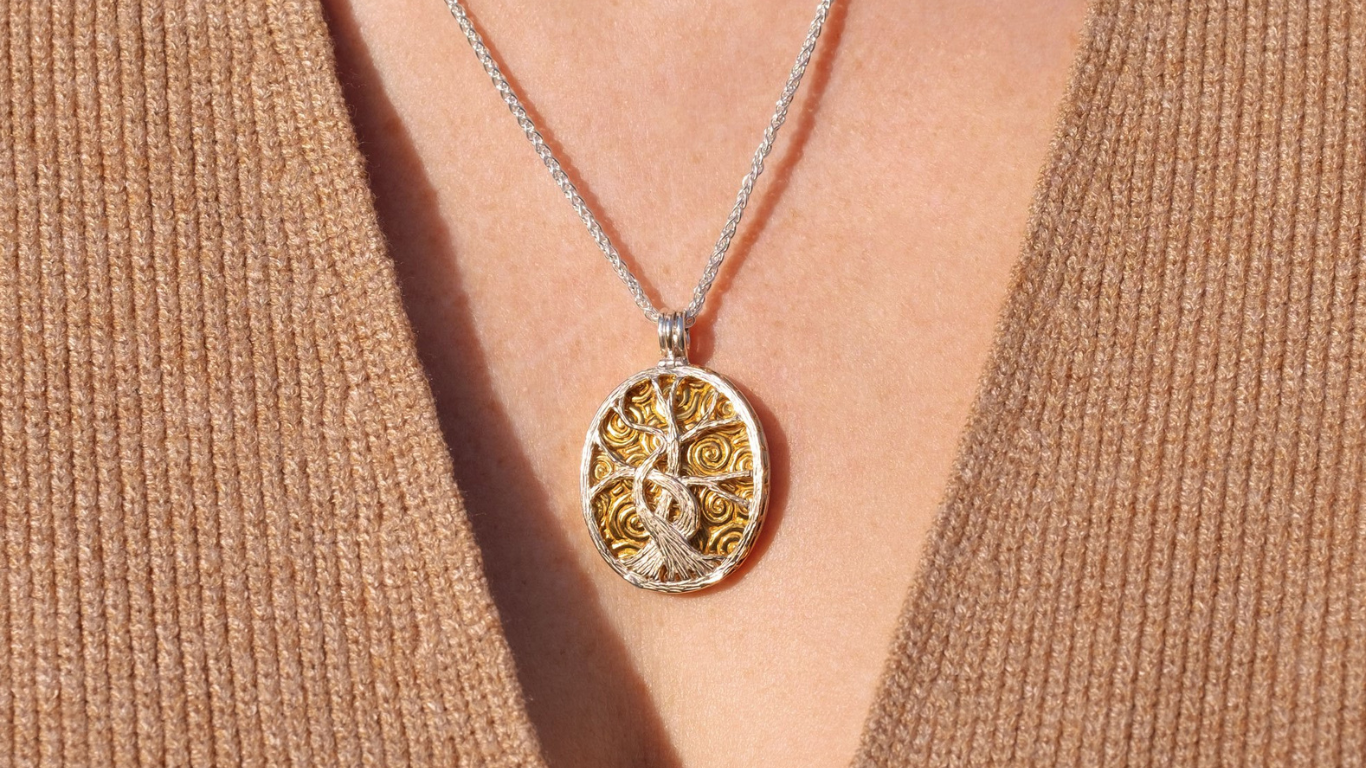Borrowing Days and April Fools
How did you fair this April Fools’ Day? Were you pranked? Did you pull a fast one on some unsuspecting fool?
April Fools’ Day is most widely believed to have started in the 16th century when the Gregorian Calendar replaced the Julian Calendar, moving the beginning of the new year to January 1. Those who didn’t get the update or who were slow to abandon their traditional new year celebrations during the last week of March and first week of April were often labeled “April Fools.”
April Fools’ caught on across the British Isles in the 18th century. In Scotland, the tradition lasted two days starting with “hunting the gowk.” Much like the “snipe hunts” I grew up with in Nebraska, you sent guillible people on phony errands. Gowk means cuckoo bird, ie a fool. This was followed by Tailie Day, with a focus on the innocent victim’s backside. You might see people about sporting a fake tail or wearing a “kick me” sign on their back.
In Ireland, a common practical joke was known as “send the fool farther.” You would prepare a letter and enlist someone to hand-deliver “an urgent message” for you. When the recipient opened the envelope, they would find a note instructing them to “send the fool farther.” If the messenger didn’t catch on right away, they might find themselves many miles from home before the day was over.
This holiday of trickery fits well with the Northern Hemispheric change of season at the Vernal Equinox. Spring weather is nothing if not temperamental and unpredictable. There is much weather lore connected to the vagaries of springtime. Most of us know that if “March comes in like a lion, it will go out like a lamb” and “April showers bring May flowers.” Here are some Irish maxims: “Thunder in April (or on All Fools’ Day), floods in May.” “A cold April and a full barn.” And “When April blows its horn, ‘tis good for hay and corn.”
From this springs the idea of “the borrowed days.” My favorite version of the Irish tale involves an overconfident Brindled Cow who made the mistake of boasting that even the rigors of March could not kill her. March, being thus challenged, borrowed days from April and using these with extraordinary fury, killed and skinned the poor cow. When the cow is the only braggart mentioned, the borrowed days number three. When a black-bird and a stone chatter (another bird) join the cow, March must borrow nine days – three to deal with the insolence of each. The Scots sum it up thus:
March borrowit from April
Three days, and they were ill:
The first was frost, the second was snaw,
The third was cauld as ever’t could blaw.
And speaking of cattle… I often enjoy catching a glimpse of the auld Scottish landscape driving on Highway 273 southeast of Weston. There is a lovely little herd of Belted Galloway, a traditional Scottish breed of beef cattle. They’re nicknamed “Oreo” cattle because of the distinct white belt around their midsection. Most Galloways are black, but there are even a couple of dun critters in this pasture. It doesn’t take much imagination to put yourself right there in the Highlands. It’s sometimes all I can do to keep from driving on the wrong side of the road…
Stop by the Celtic Ranch in spring time for a little transportive therapy. We’ve got the sights, the scents, the sounds, the sweaters, the sips… all that’s missing is you. You’d be a fool to go farther.
Lori McAlister,
Wrangler of Cultural Affairs



















Leave a comment